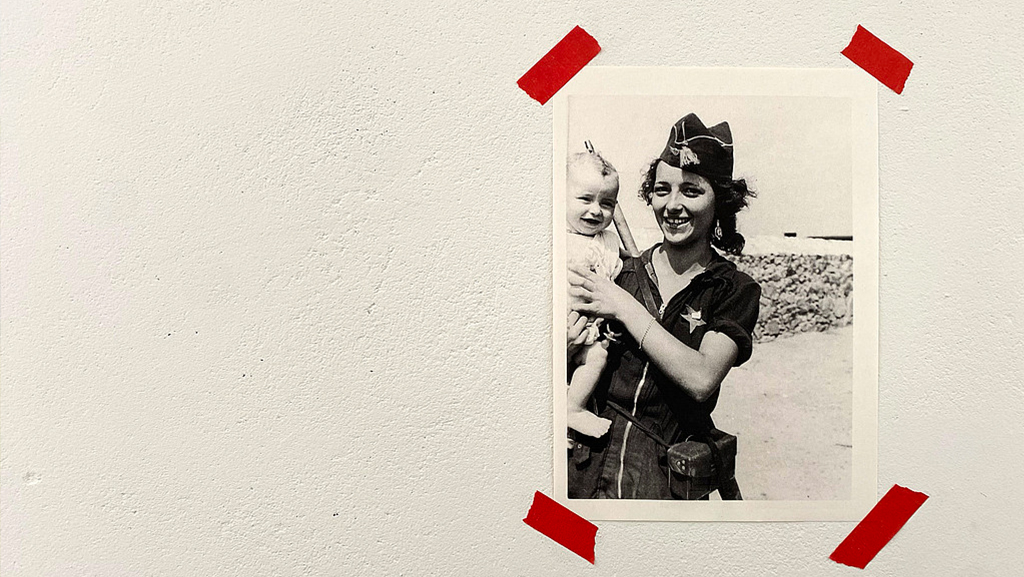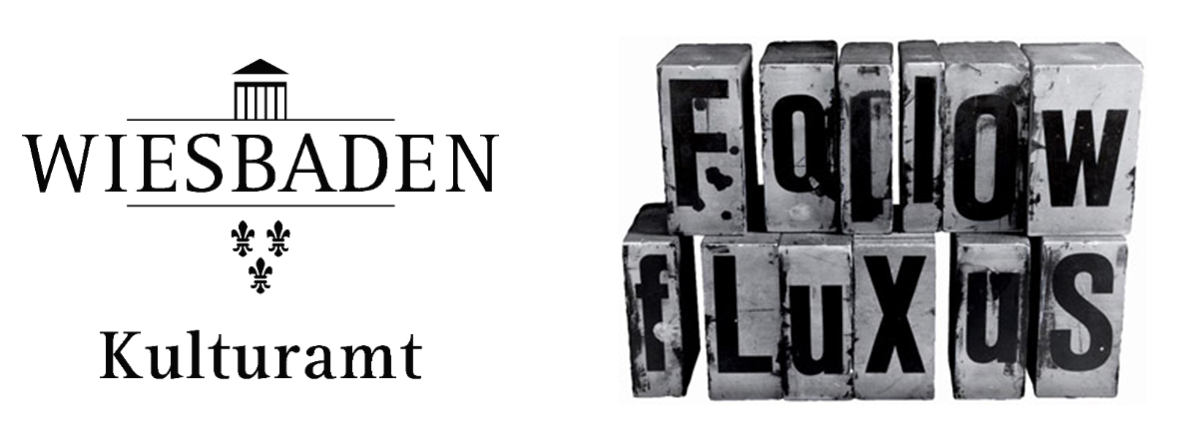For several years now, Daniela Ortiz has been increasingly addressing the theme of childhood, starting with a critique of the discriminating symbolic systems of artistic heritage. With The Children of the Communists (2023), the artist focuses on a little-known side of the revolutionary history of the 20th century: the initiatives and protective networks organized from Marxist contexts to support children. These are stories that differ in context and scope, but always have a common denominator: the defence and protection of children in the name of internationalist solidarity: rescuing the children of militants, searching for missing grandchildren and welcoming refugees fleeing civil war or nuclear disaster.
The German word for history (Geschichte), like the Spanish word historia, has a double meaning, which in Latin was divided into res gestae (what happened, the event) and historia rerum gestarum (the narrative of an event). By exploring this lexical ambiguity, Ortiz has repeatedly deconstructed and reinterpreted colonial and racialised historical narratives. In her work, reflection on the relationship between history and memory does not only take place on the symbolic level: the creative process is activated as the restoration and revival of direct actions.
In her artistic works, Daniela Ortiz uses a wide variety of media or even popular artefacts. For The Children of Communists, the artist uses a toy, choosing here specifically a cultural object with transnational origins, becoming one of the key symbols of the homeland of authentic socialism: the Matryoshka. Despite its deliberately antiquated iconography, the famous wooden doll depicting a female figure in traditional dress is an heiress of the older Japanese Kokeshi and was first created at the end of the nineteenth century as part of their “educational workshops for children” founded in the Russian Abramtsevo district with the aim of promoting folk art. The Matryoshka-doll was exhibited at the Universal Exhibition in Paris in 1900 and soon became one of the most iconic elements of Russian folklore.
By mixing and varying cultural levels and sources of different origins, Daniela Ortiz clarifies in her artistic action her reflection on the artefact as a product of a certain political and economic system itself: triggering a shift in meaning and changing the original perspective. She takes up the genealogical structure of the doll, but transfers its connotations of story told through images, whose episodes form a sequence that, as they gradually unravel, illustrates characters and events step by step. Daniela Ortiz’s Matryoshkas show how a story seemingly linked to a single character, a single protagonist, in fact conceals a complex event of collective political relevance, in which the process of iconographic construction evokes the craft dimension of research and historical narrative. At the heart of the symbolic revelation are five stories of real and often painful incidents. Daniela Ortiz analyses the importance of political organizations in protecting and caring for the children of communist fighters. In doing so, the role of governments, committees and interest groups is understood by her as a form of anti-fascist resistance against the planned extermination of women, men and ideas. Daniela Ortiz makes us reflect – today even more than then – on the value of the sacrifice made by the young revolutionaries.


